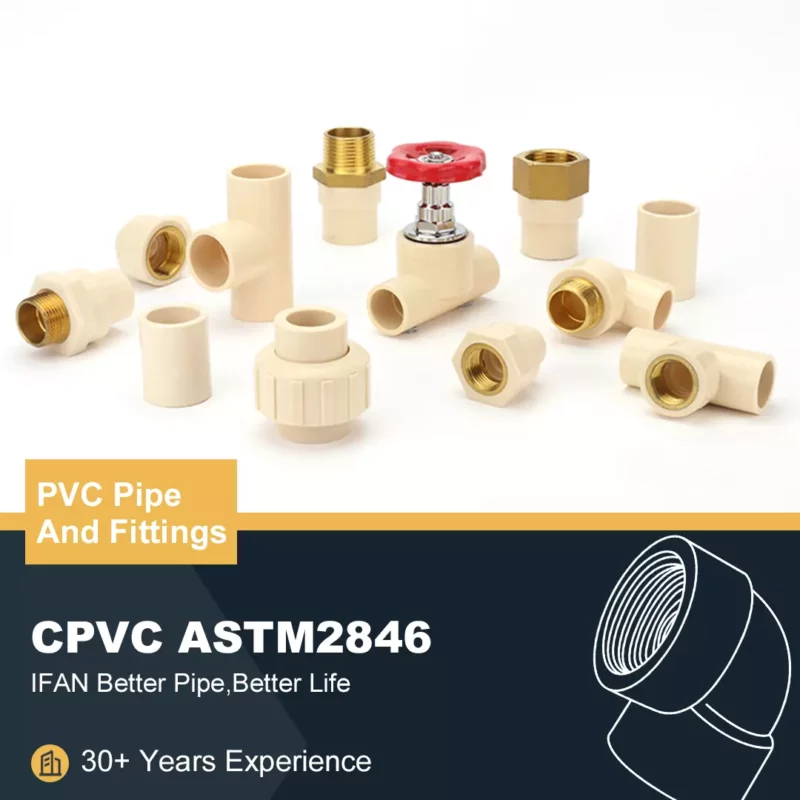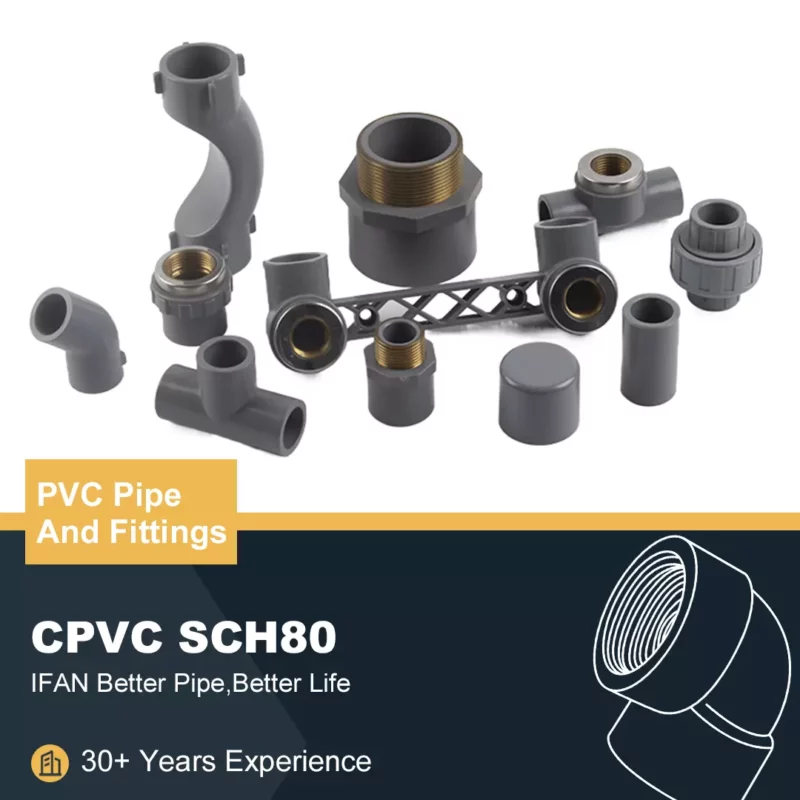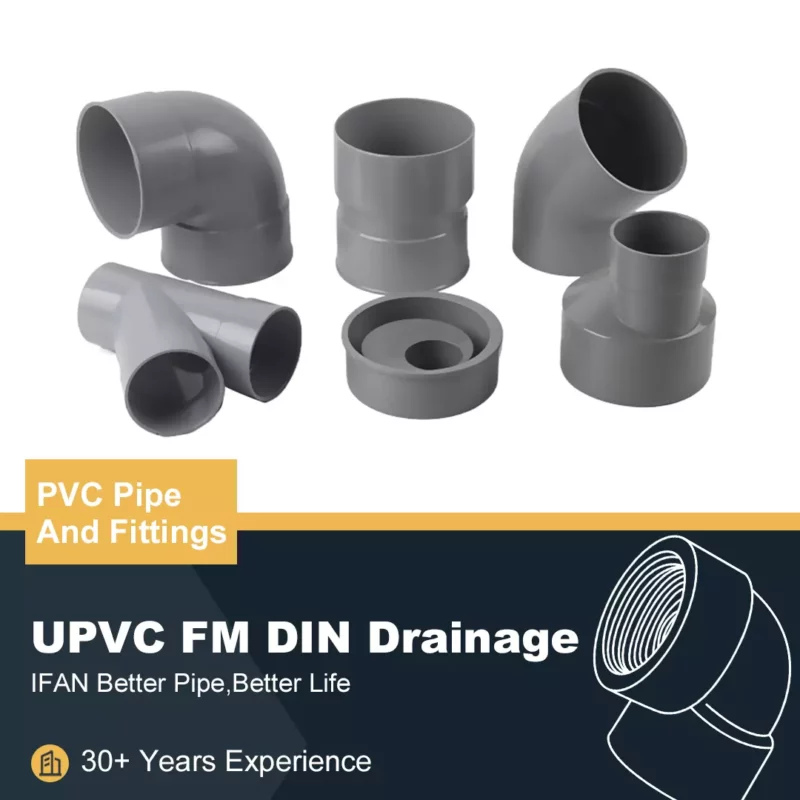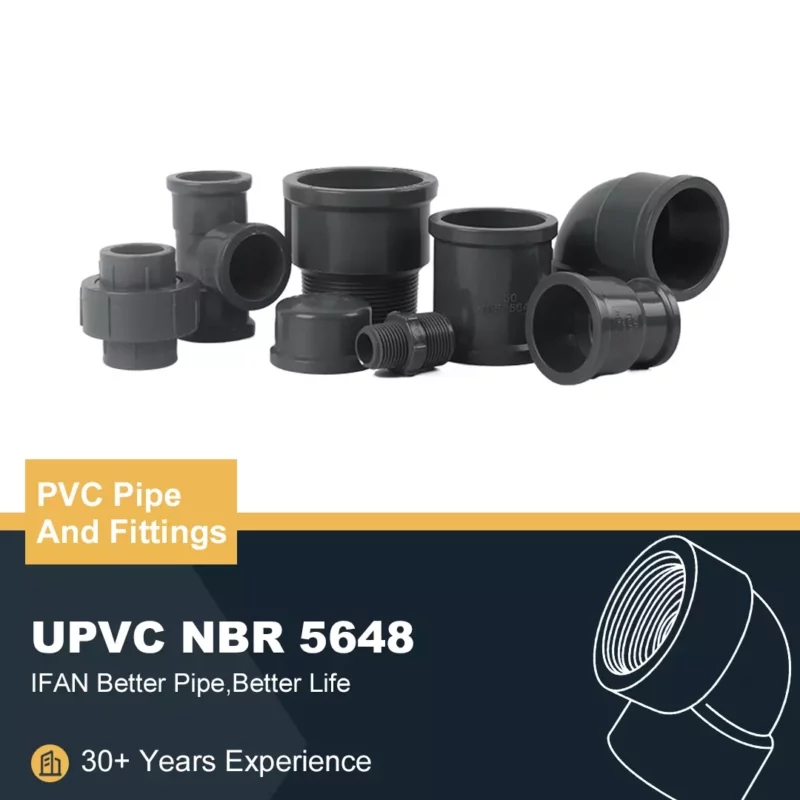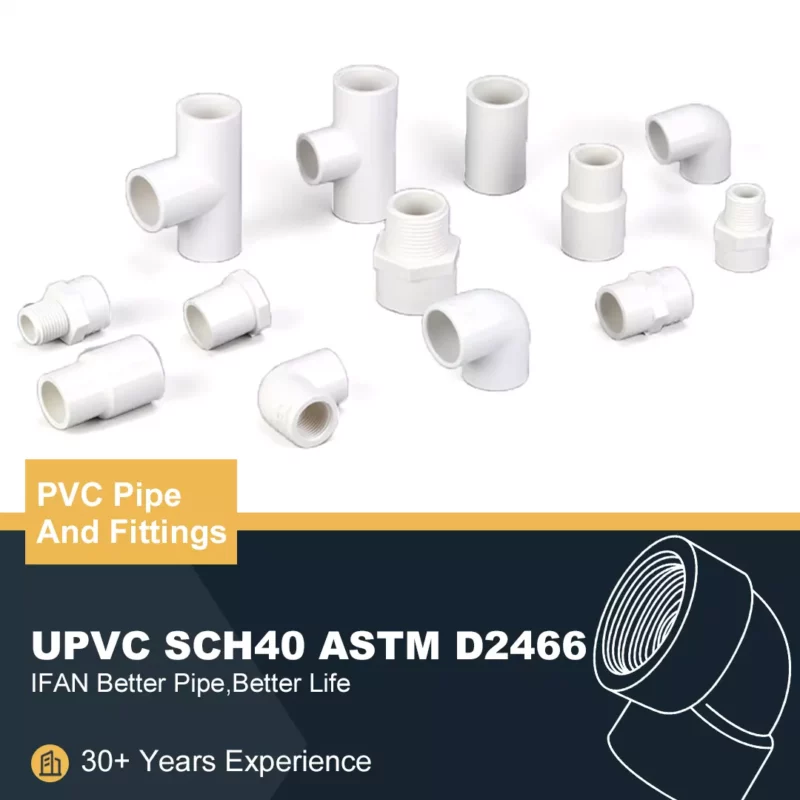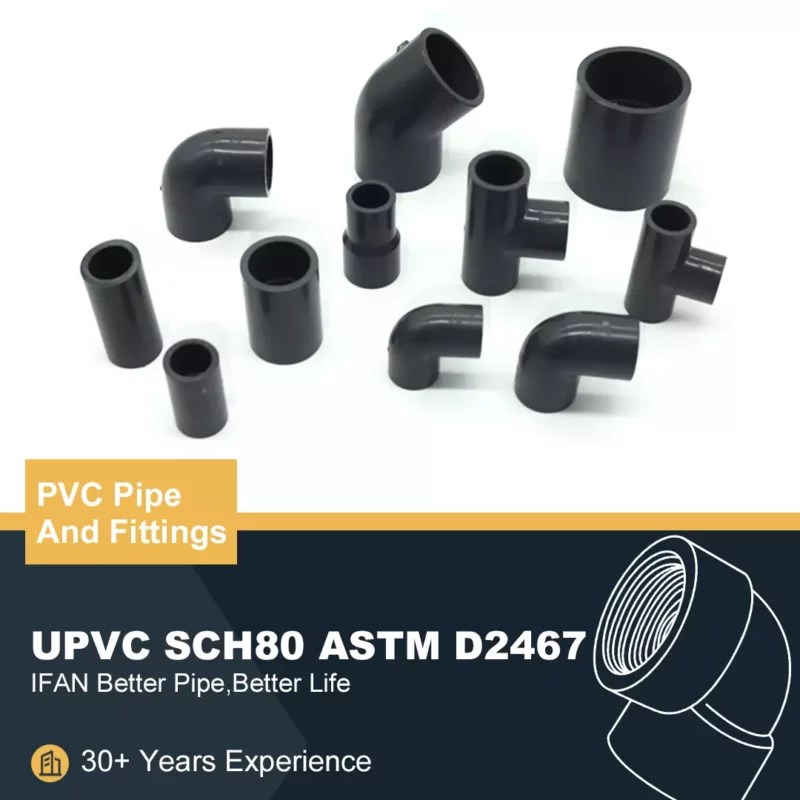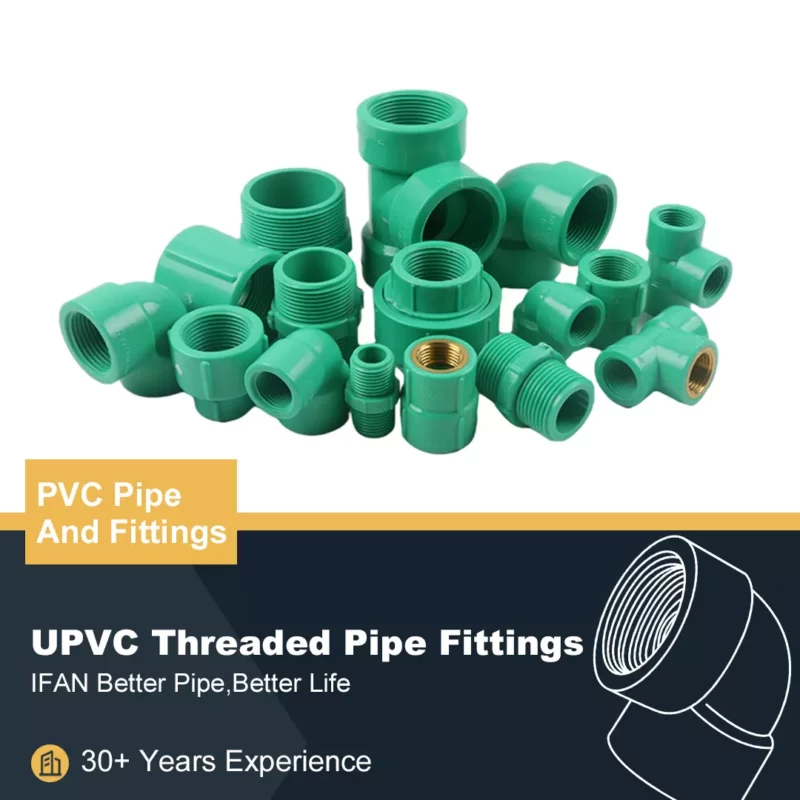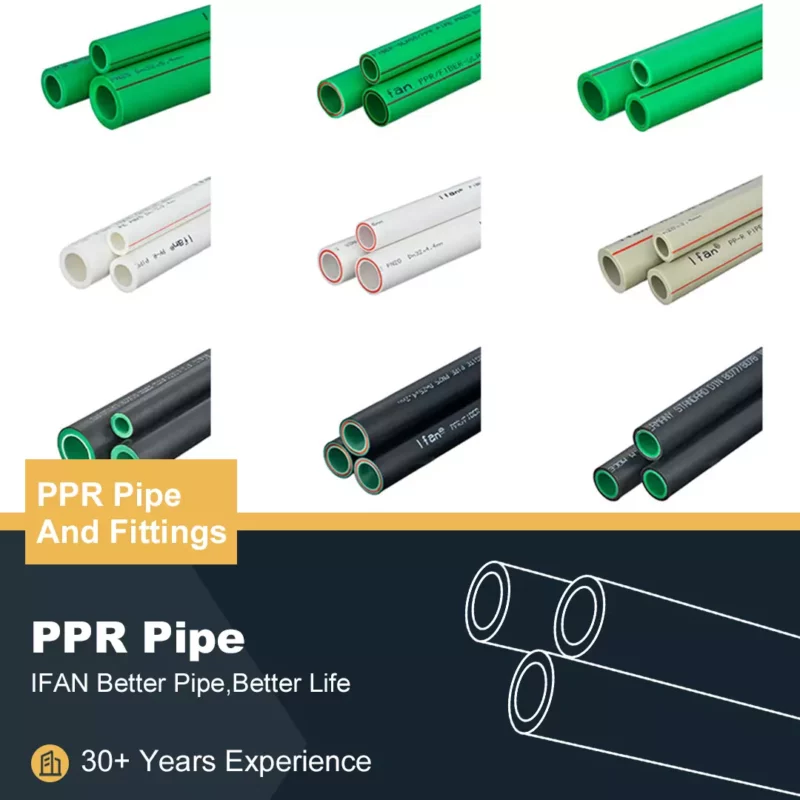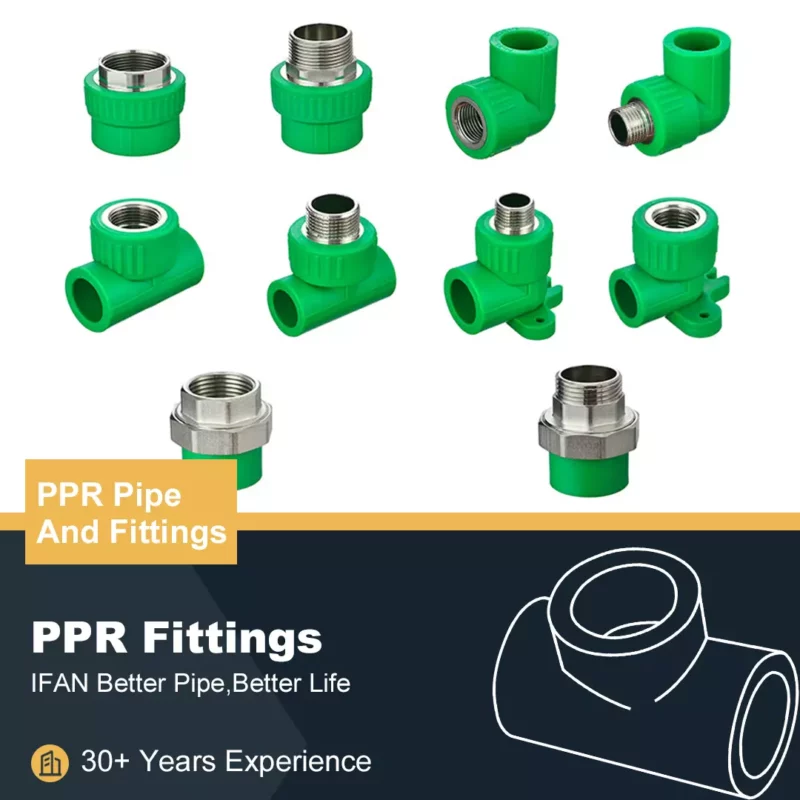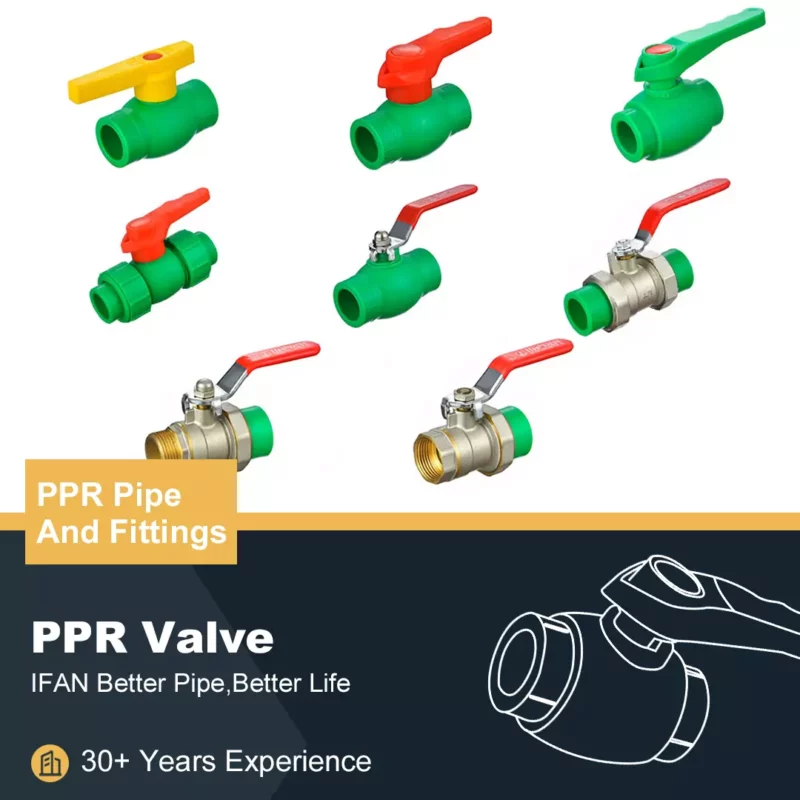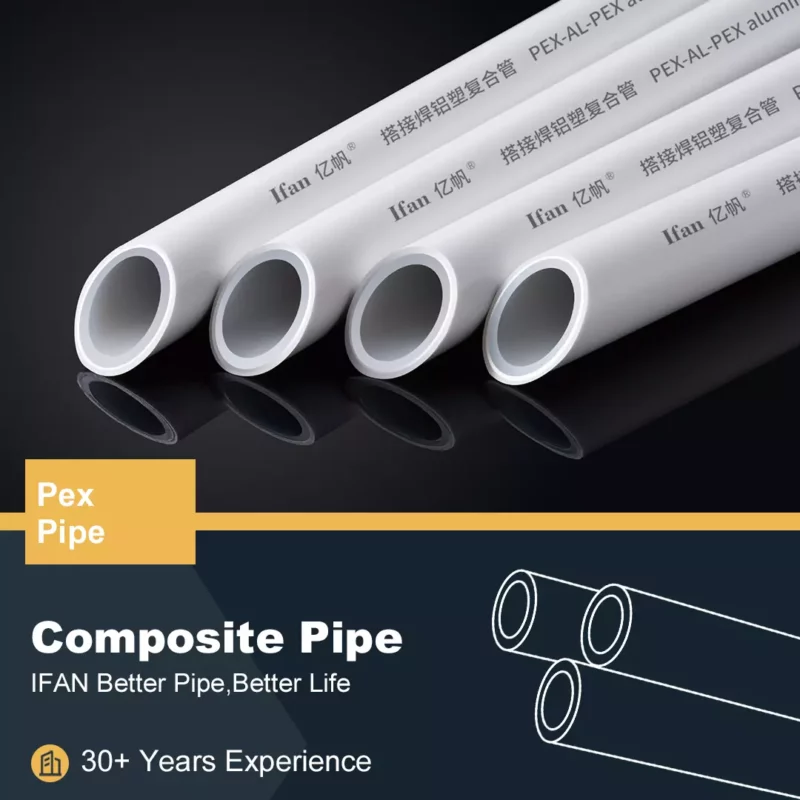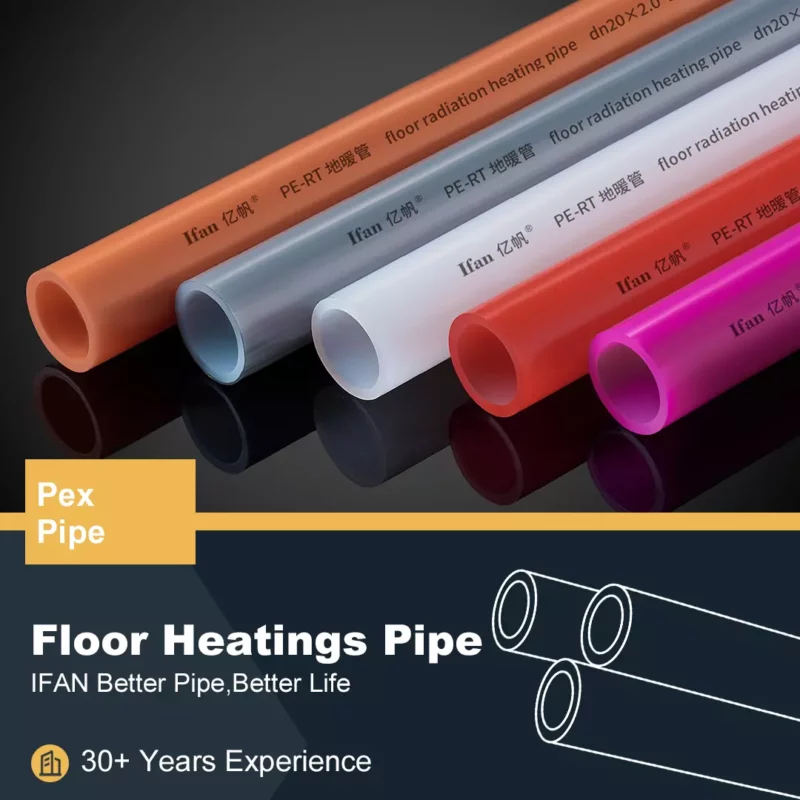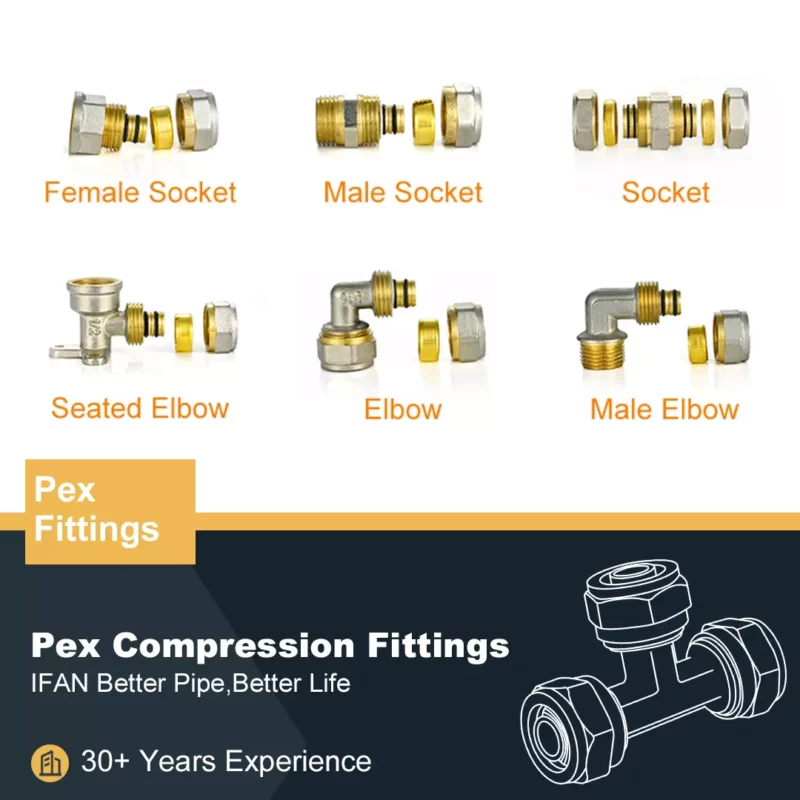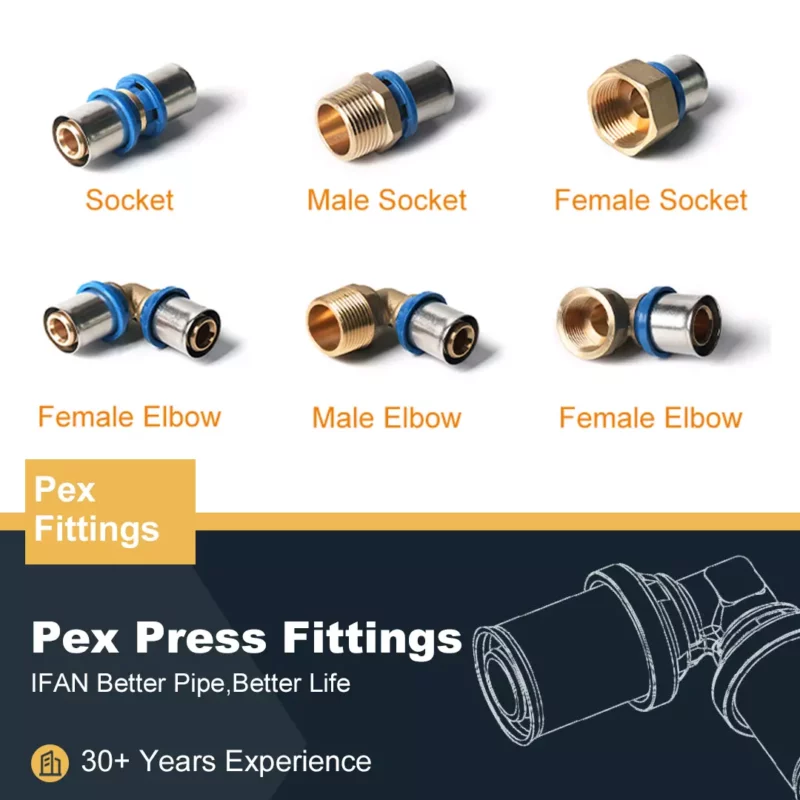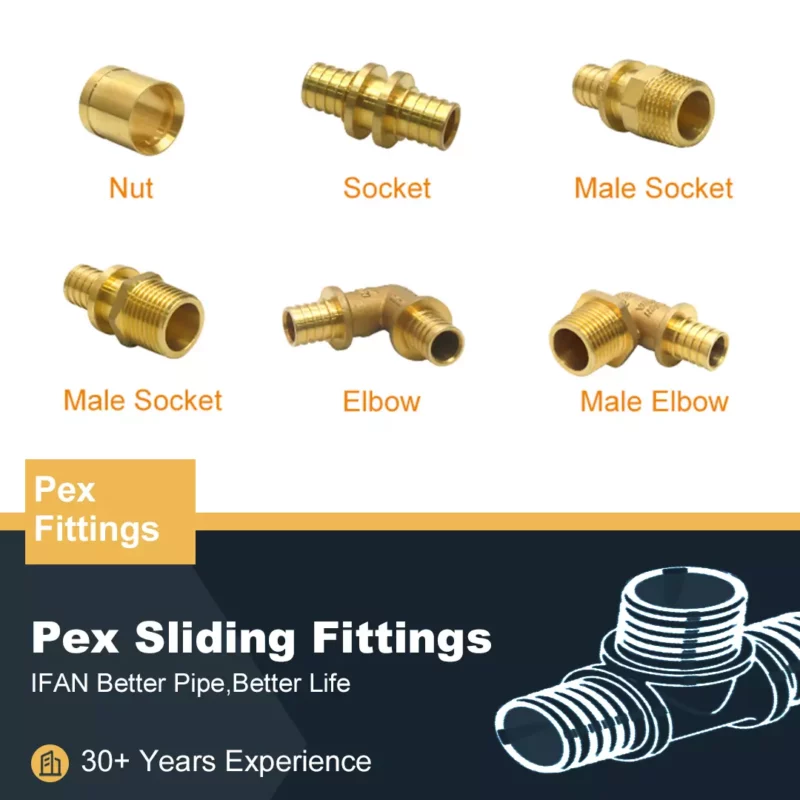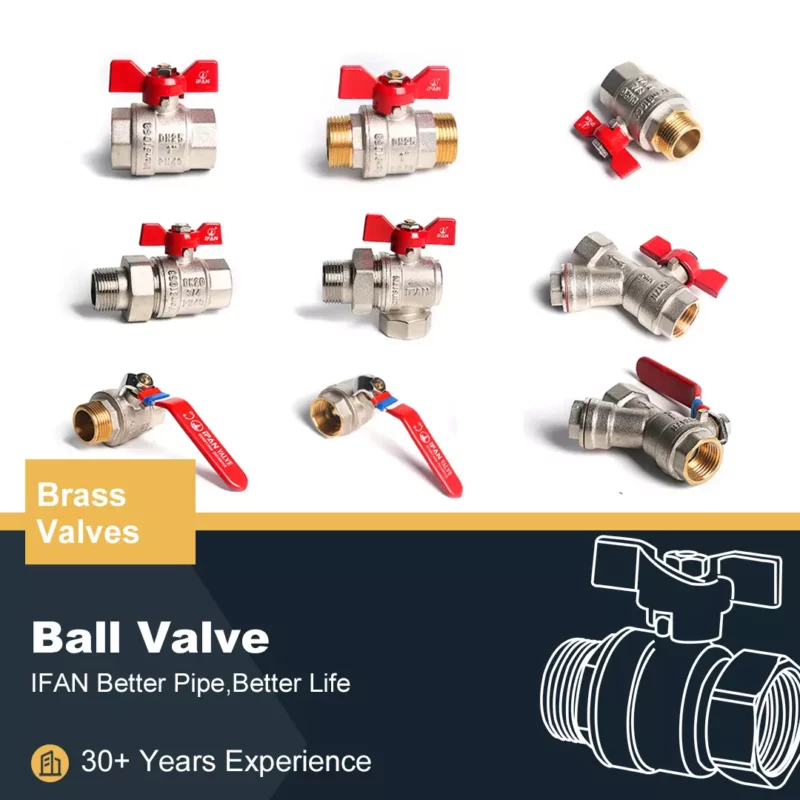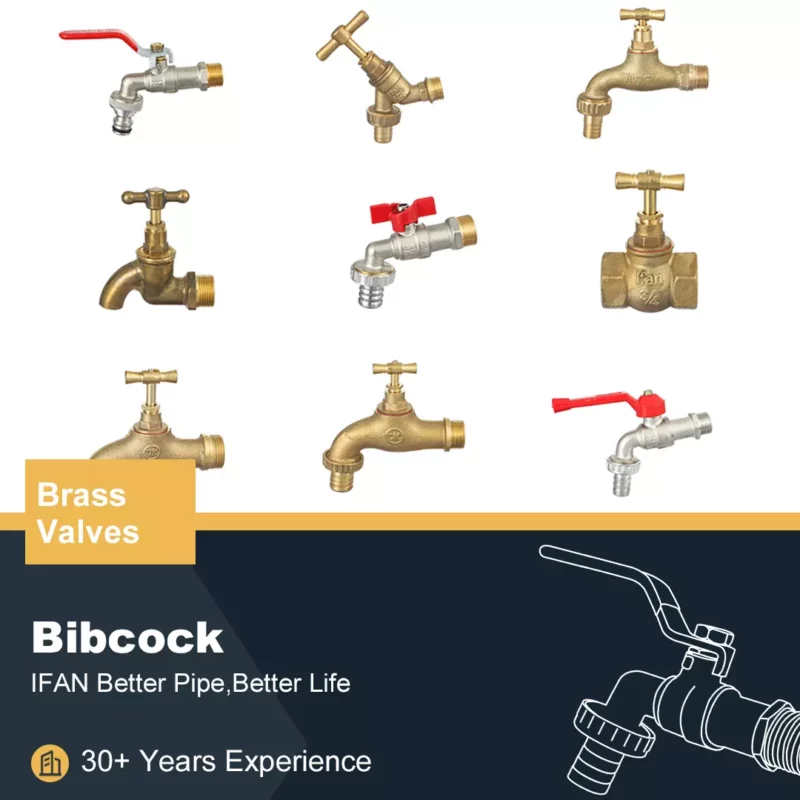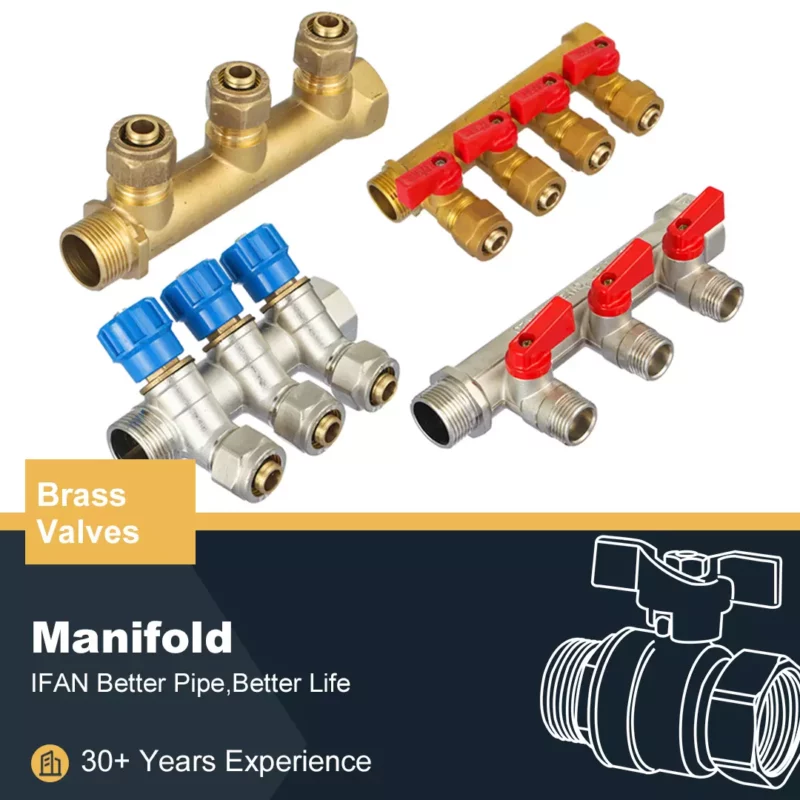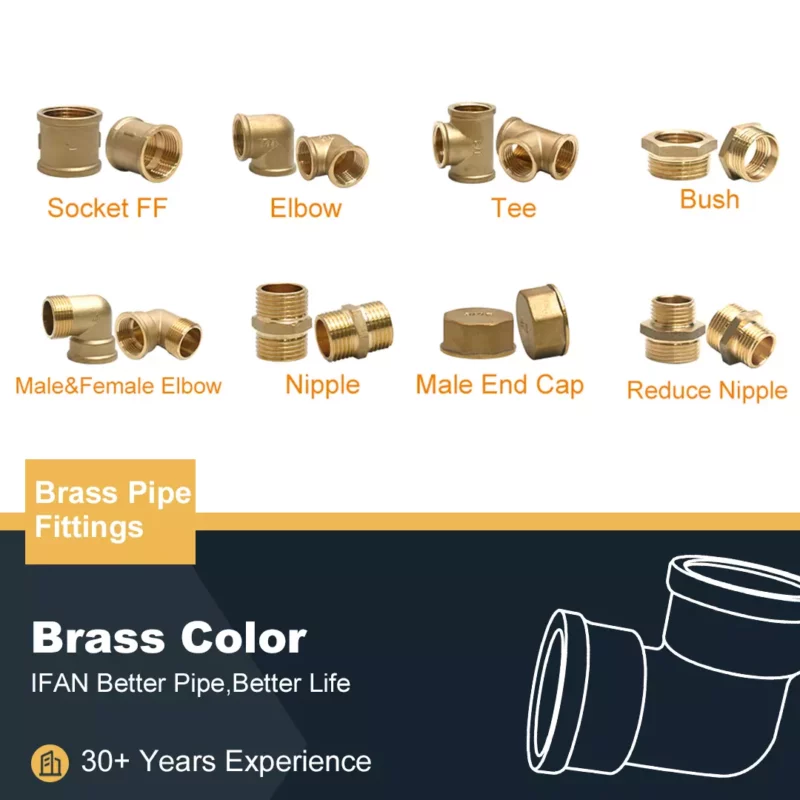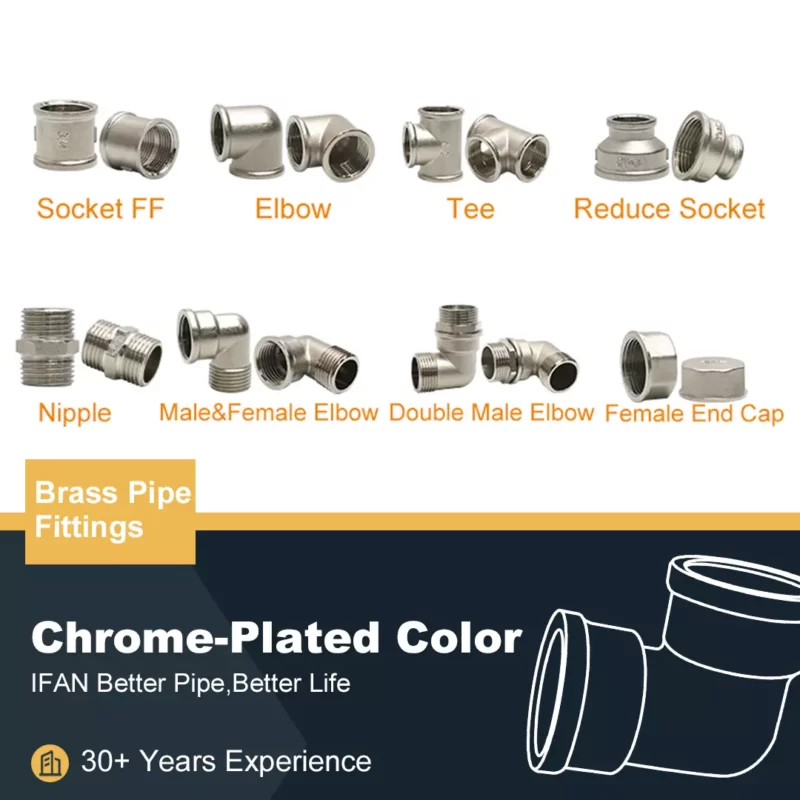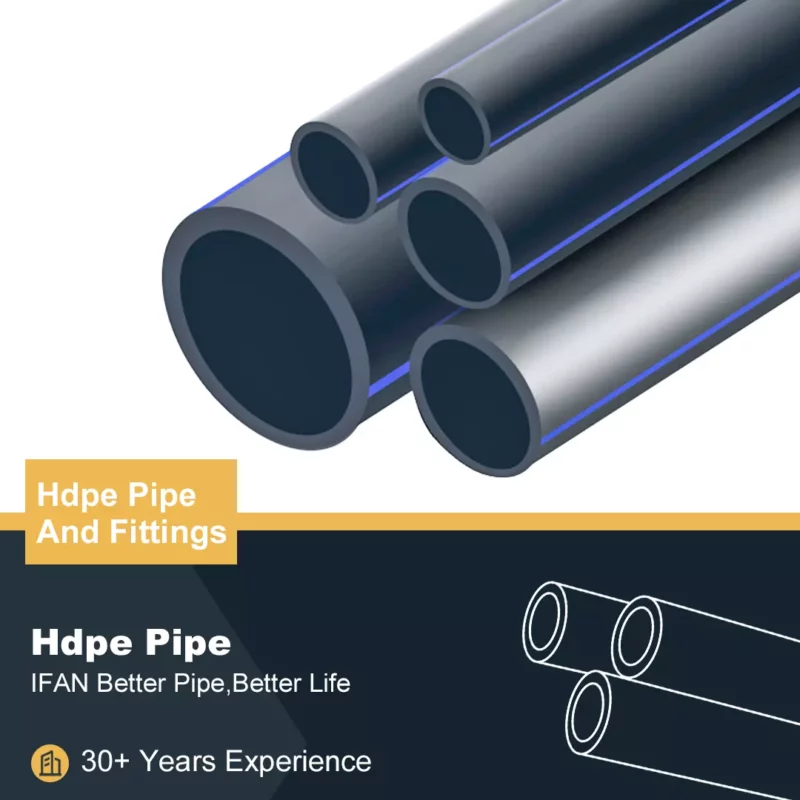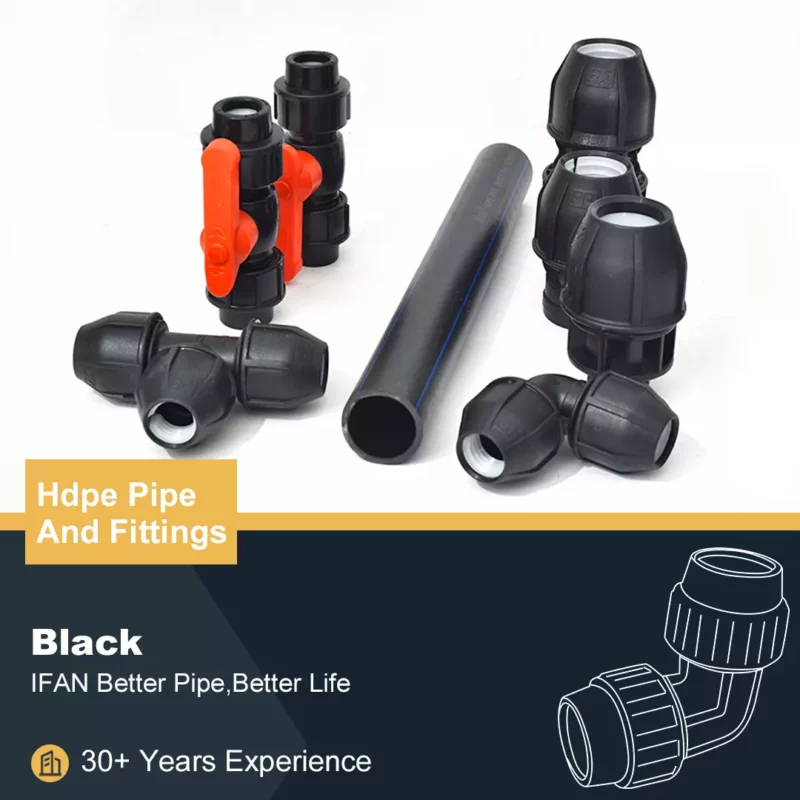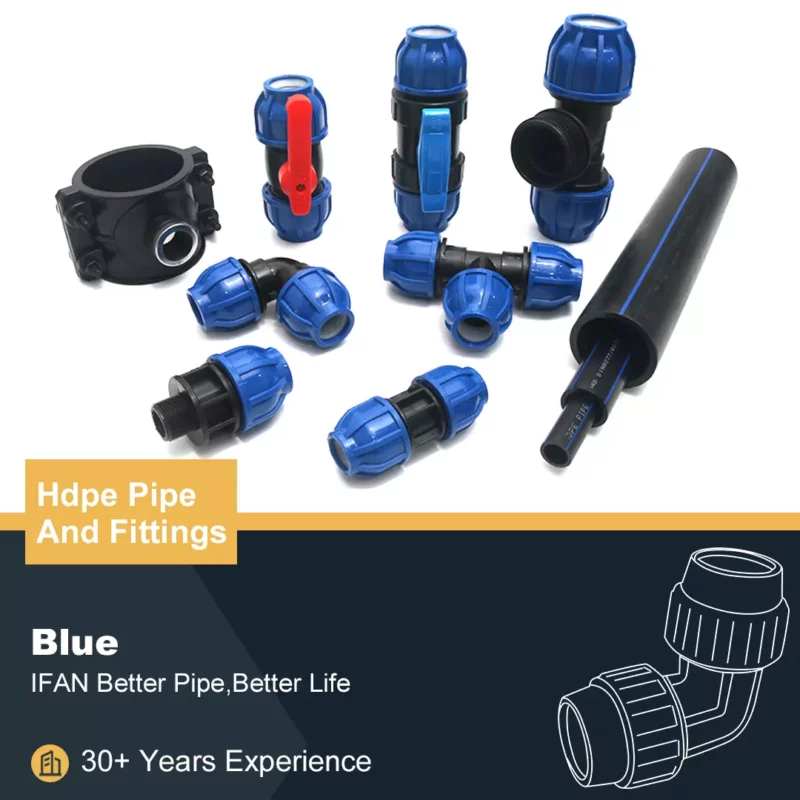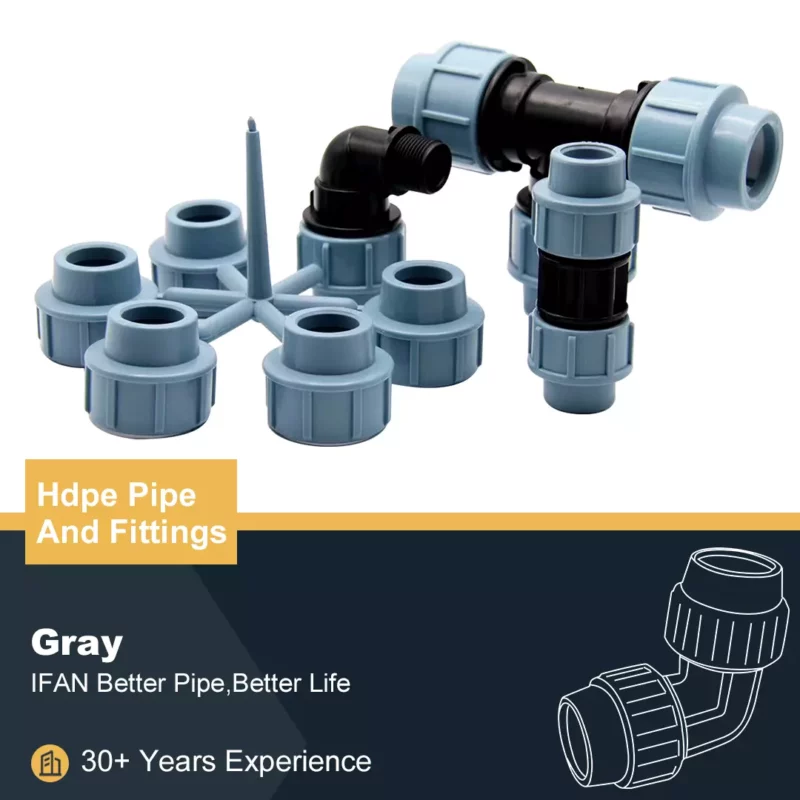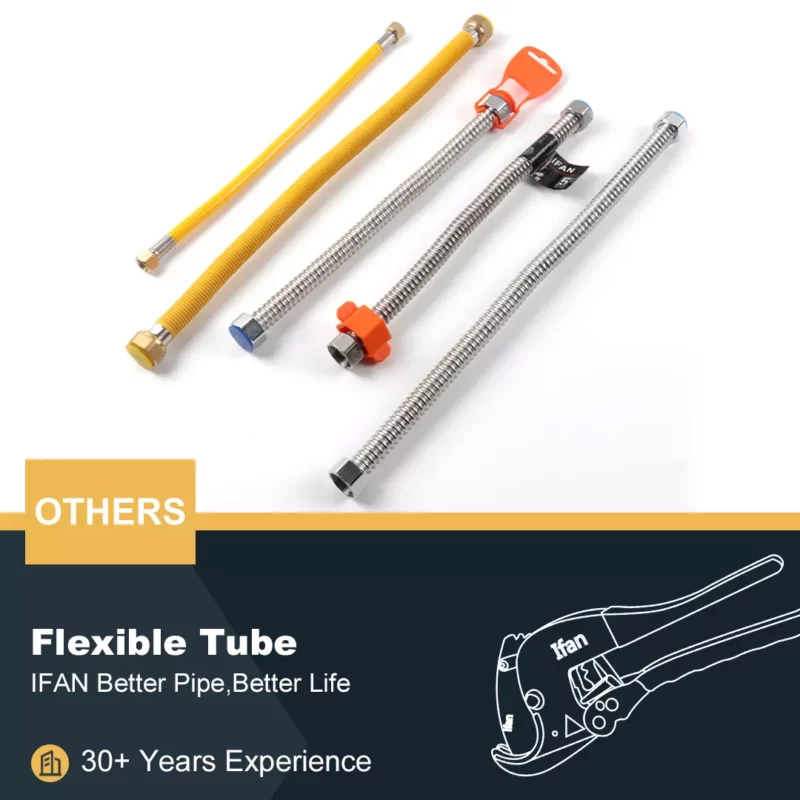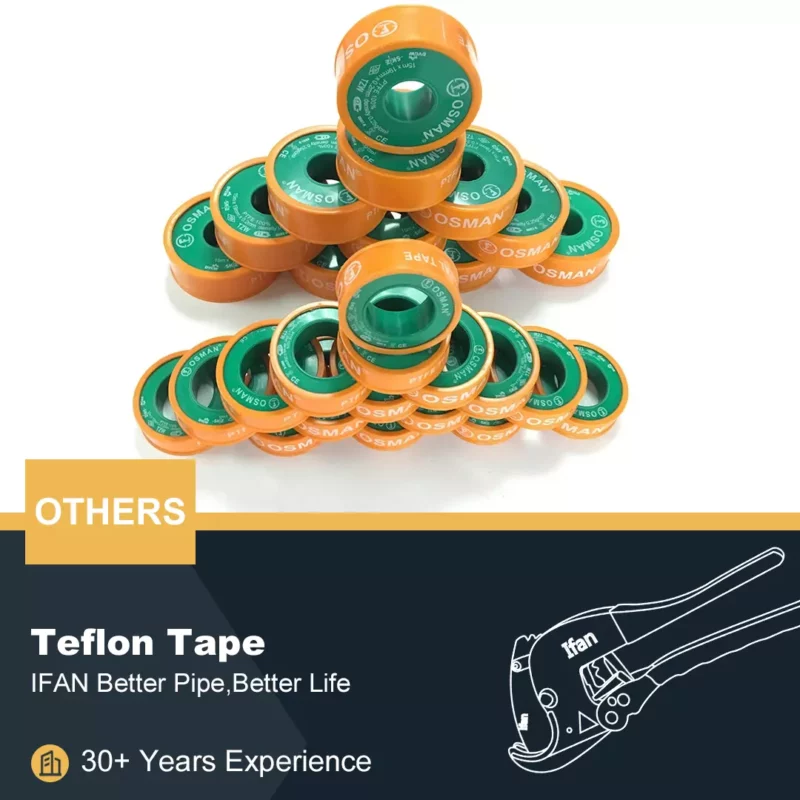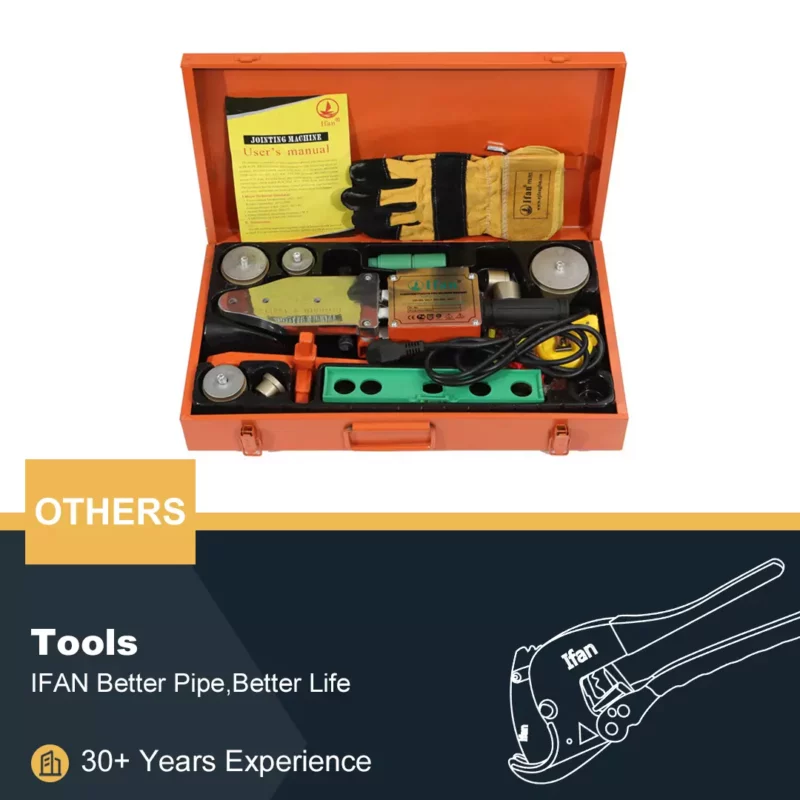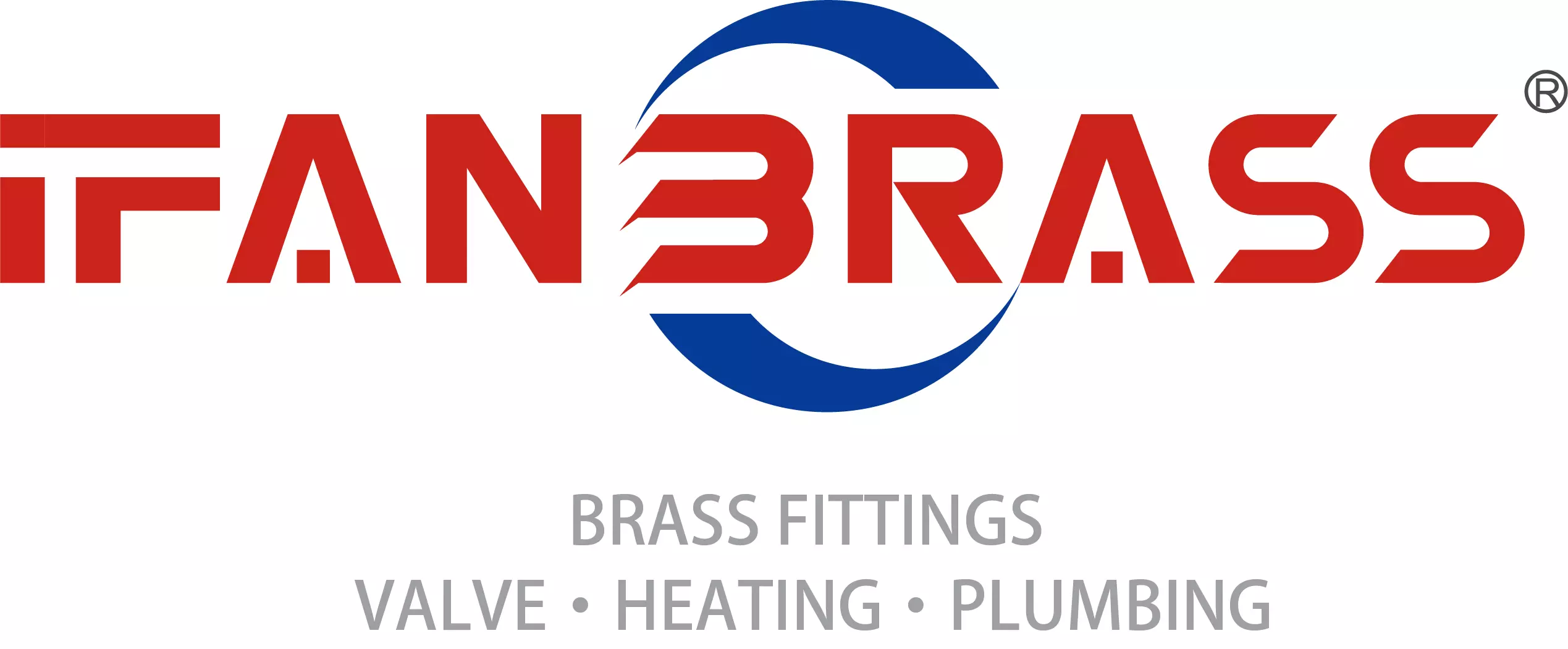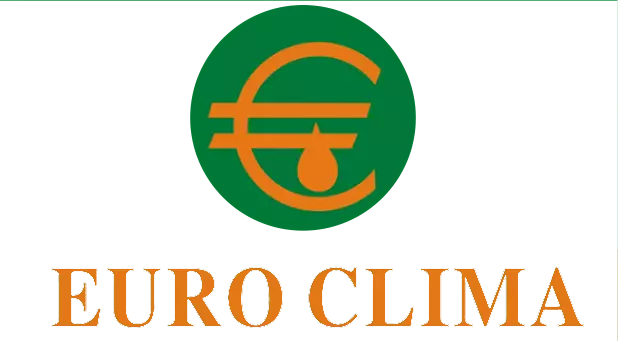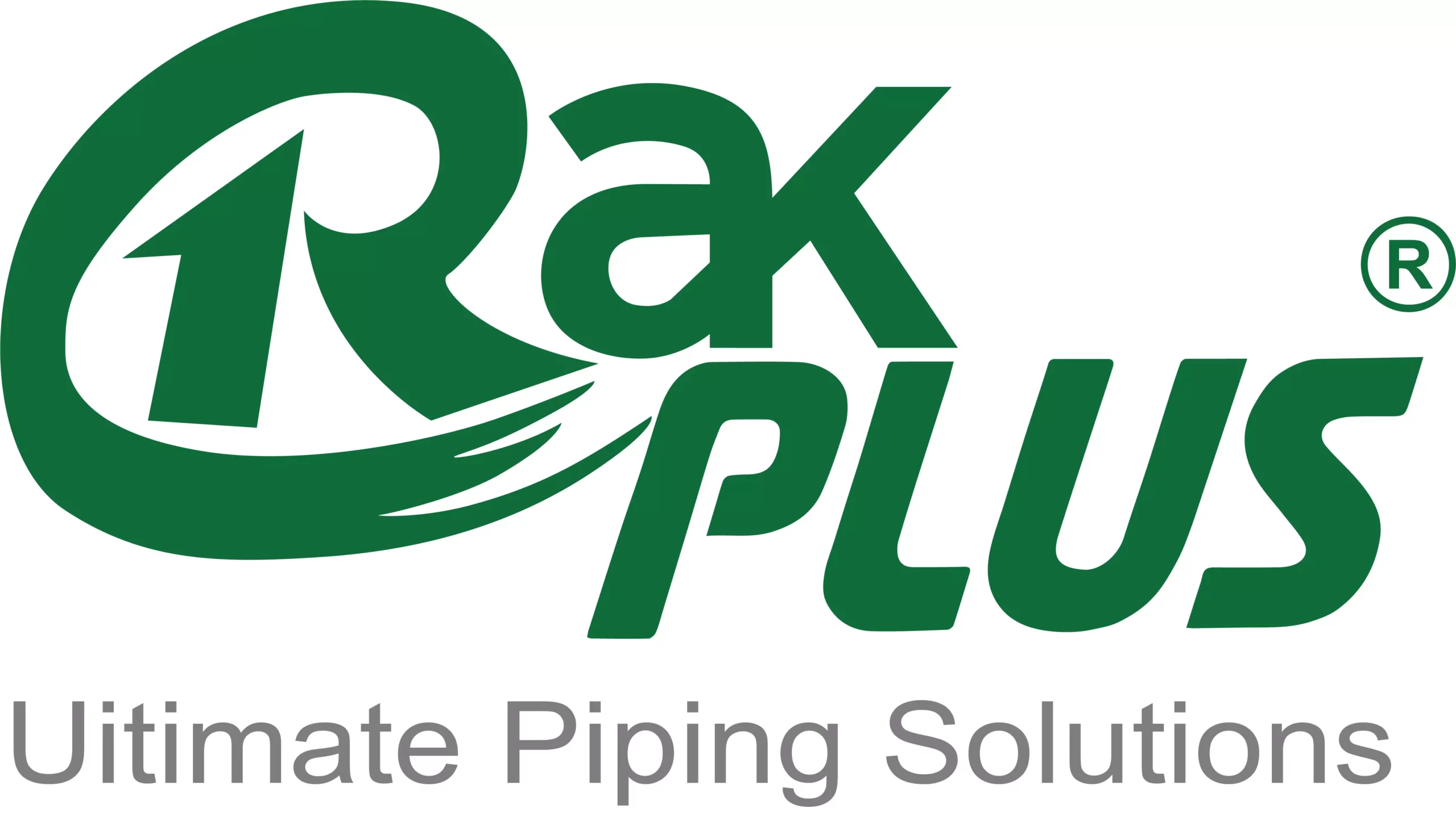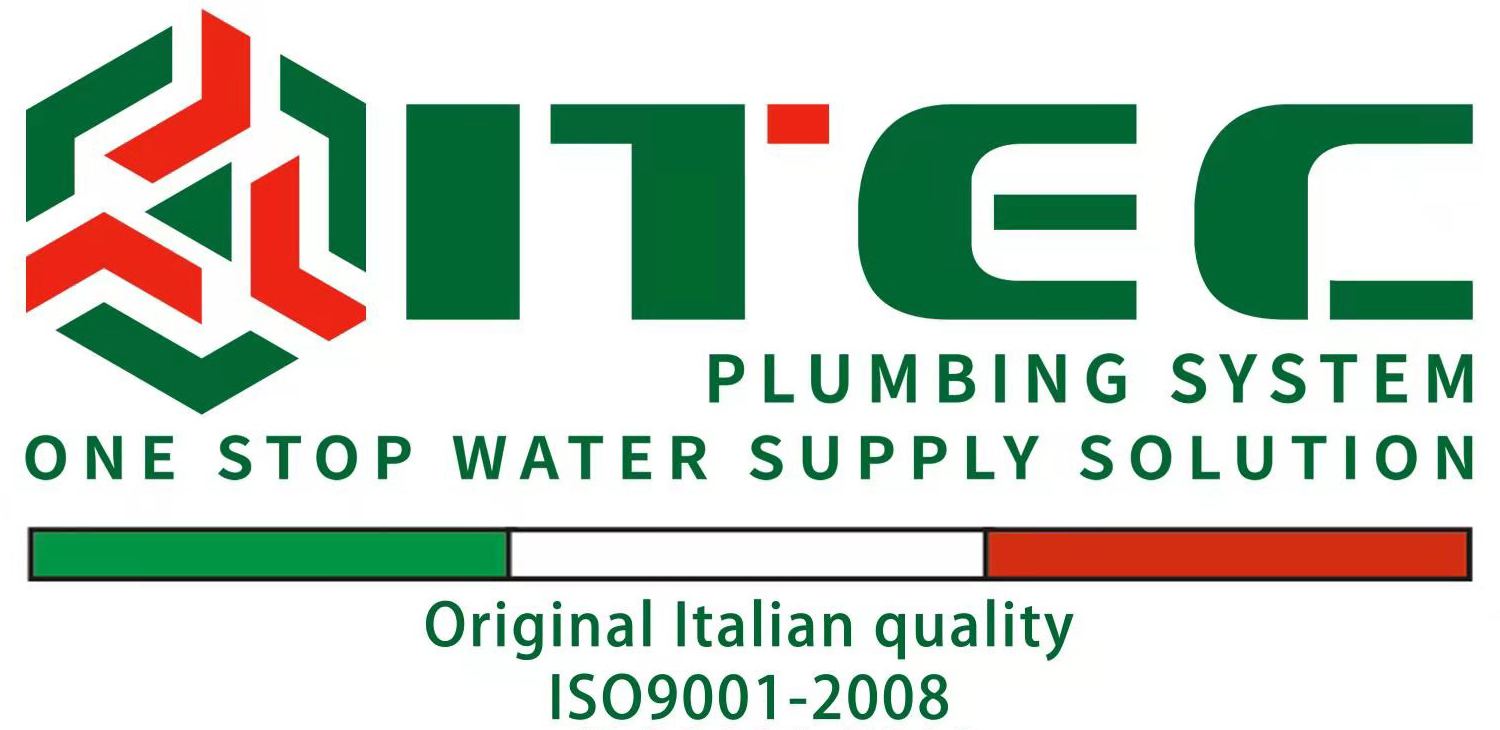UPVC ball valves are essential components in various piping systems. One of their standout features is high-temperature resistance. This characteristic allows them to perform reliably in challenging environments. Understanding this aspect is crucial for selecting the right valve for specific applications.
Material Composition
UPVC, or unplasticized polyvinyl chloride, is the primary material used in these valves. Unlike regular PVC, UPVC does not contain plasticizers. This absence of plasticizers contributes to its strength and thermal stability. UPVC can typically withstand temperatures up to 60 degrees Celsius (140 degrees Fahrenheit). This makes it suitable for many industrial applications.
For instance, in water treatment facilities, UPVC ball valves handle hot water efficiently. Their high-temperature performance helps maintain operational efficiency. Additionally, UPVC valves are less likely to warp or deform under heat, ensuring long-term reliability.
Applications in Various Industries
UPVC ball valves find use in many industries due to their temperature resistance. In the chemical industry, they manage aggressive fluids and high temperatures. For example, they are often employed in cooling systems that require precise temperature control.
Moreover, in agricultural applications, UPVC ball valves control irrigation systems. These systems may use heated water from pumps. The valves’ ability to withstand high temperatures ensures optimal performance in these scenarios.
Comparison with Other Materials
When comparing UPVC to other materials, its high-temperature resistance stands out. Metal valves can corrode under high temperatures, while UPVC remains stable. For instance, stainless steel valves can suffer from heat-induced wear over time. In contrast, UPVC maintains its integrity, offering a longer service life.
Additionally, while some thermoplastic valves may deform under heat, UPVC’s formulation prevents this issue. This reliability makes UPVC a preferred choice in many applications requiring consistent performance.
Thermal Expansion Considerations
One important aspect of high-temperature applications is thermal expansion. All materials expand when heated, but UPVC has a relatively low coefficient of thermal expansion. This characteristic minimizes the risk of leaks or joint failure.
In piping systems, the proper selection of fittings is crucial. UPVC ball valves can be installed with compatible UPVC piping to reduce expansion issues. This compatibility ensures a secure fit, even under varying temperatures.
Installation and Maintenance
The installation of UPVC ball valves is straightforward. Their lightweight nature simplifies handling and placement. When installed correctly, these valves can effectively manage high-temperature fluids without issue.
Routine maintenance is also simple. Inspecting for leaks or signs of wear can help ensure long-lasting performance. Given their high-temperature resistance, UPVC ball valves require less frequent replacement compared to other materials.
Cost Efficiency
While the initial cost of them may be higher than some alternatives, their long-term benefits are significant. The durability and low maintenance requirements lead to reduced lifetime costs. In high-temperature applications, this cost efficiency becomes even more apparent.
For instance, in industrial settings, frequent valve replacements can be costly. By choosing UPVC, facilities can minimize these expenses, making it a smart investment. This financial advantage is especially relevant in large-scale operations.
Environmental Impact
UPVC ball valves are also environmentally friendly. The material is recyclable, reducing waste in landfills. As industries strive for sustainability, UPVC’s eco-friendly properties are increasingly appealing.
Additionally, the manufacturing process of UPVC consumes less energy compared to metals. This lower energy footprint aligns with global efforts to reduce carbon emissions. Therefore, using UPVC ball valves supports both economic and environmental goals.
Case Studies
Several industries have successfully implemented UPVC ball valves in high-temperature applications. For example, in a major chemical plant, engineers chose UPVC for its durability. They reported fewer failures and lower maintenance costs over time.
In another instance, a large agricultural operation used UPVC ball valves for hot water irrigation. The valves provided reliable performance, even in challenging conditions. These case studies highlight the practical advantages of UPVC in real-world scenarios.
IFAN International Standard for PVC Tubing
IFAN’s PVC products adhere to a wide range of international standards, ensuring they meet the highest quality and performance criteria. These standards include BS 3505, BS 4346, ASTM D1785 SCH40, ASTM D1785 SCH80, DIN, GB, DWV, ASTM D2665, ASTM D2241, ASTM D2665, ASTM D2729, ASTM F441/F441M, ISO 1452 series, EN ISO 1452, DIN 8061/8062, GB/T 10002 series, AS/NZS 1477, JIS K6741, CSA B137.3, NSF/ANSI 14, and TIS 17-2532/1131-2535. Compliance with these standards ensures that IFAN’s PVC pipes and fittings deliver consistent performance, safety, and reliability in a variety of applications globally.
Conclusion
In conclusion, UPVC ball valves exhibit impressive high-temperature resistance. Their material properties, durability, and cost efficiency make them suitable for various applications. By understanding these features, engineers and contractors can make informed decisions when selecting valves.
As industries continue to seek reliable and sustainable solutions, UPVC ball valves will likely play an increasingly important role. Their versatility and performance under high temperatures position them as essential components in modern piping systems. Embracing UPVC technology can lead to enhanced efficiency and long-term benefits.
If you have read this article and have any questions, please feel free to contact IFAN. Below is our contact information:
Whatsapp:+86 13373827623
Email:[email protected]

